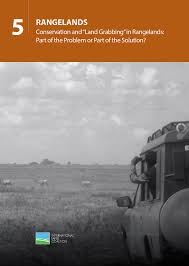Forests of learning: Experiences from research on an Adaptive Collaborative Approach to community forestry in Nepal
In recent years, awareness has grown in Nepal and globally regarding two of community forestry’s most critical challenges: equity and livelihoods. Yet even as understanding of these challenges has improved, actors from the local to the national levels in Nepal continue to be confronted with the dilemma of how to address these challenges in such a diverse, complex and dynamic context. This synthesis explores an adaptive collaborative approach to governance and management as one avenue to meet these challenges.





